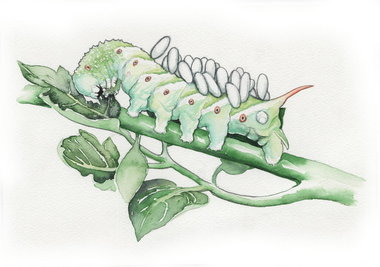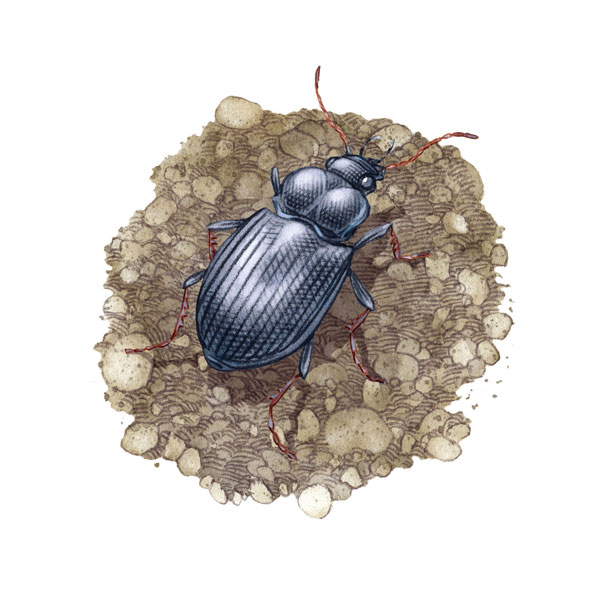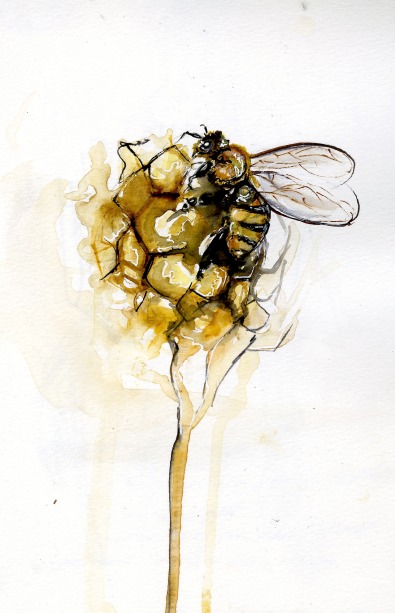Let beneficial bugs do your dirty work! Not all insects are pests. Eliminate and control garden pests with knowing their natural biological enemies! Attracting beneficial bugs play an important role in our eco-system, especially in the garden.
Lady Bugs
The amazing ladybug kills and fights off some of the largest pests in our garden! This includes most of our piercing/sucking pests such as: Stink bugs, aphids, whiteflies and mites. It may not happen as fast as we would like, but over time they will eliminate more than the bare eye can see.

Did you know ladybug larvae could eat up to 40 aphids an hour?
Attracted by:
- Fennel
- Dill
- Alyssum
- Coriander
- Tansy
- Calendula
Praying Mantis
This green giant is an ambush predator who has a huge appetite for pests in your garden! Adults will grow up to 5 inches! They lie quietly in prayer position while eyeing their food. Their forearms move at lightning speed snatching up large insects like grasshoppers, beetles, roaches, moths and mosquitos.

The best way to attract Praying Mantises is by planting shrubbery around your yard. Females choose shrubbery and larger ground cover to protect their egg cases away from predators like birds before it is to time hatch.
Attracted by:
- Fennel
- Spearmint
- Caraway
- Shrubbery
Earthworms
Boosting your earthworm reproduction rate is easier than ever! Their feeding works to decompose organic material and recycle nutrients all while creating a substantial foundation for your plants.

The best way to attract earthworms in your garden is to give them a nutrient rich environment by adding compost to your soil! Add in natural products right from your kitchen by composting each season.
Braconid Wasps
Hornworm caterpillars are the worst pests to have in your garden! They will devour an entire tomato crop right when you say, “I’ll harvest that tomorrow!” Nothing excites a gardener more than finding this green giant covered in white eggs laid by a braconid wasp. LEAVE him alone; the larvae will take care of him for you! Eventually, the caterpillar will die off the branch it is stuck to.


Attracted by:
- Fern-Leaf Yarrow
- Lemon Balm
- Parsley
- Shrubbery
Ground Beetles
The busy ground beetle has a big appetite for almost anything that he can catch. Being very limited to the soil, they will forage for bugs like earworms, slugs and Colorado potato beetles. To attract a diversity of beetles in your garden, plant a number of different species and trees that provide protection and more food for them to eat!

Attracted by:
- Clover
- Amaranthus
- Evening Primrose
Green Lacewings
The larvae of a green lacewing are about ½ an inch long that bear delicate wings hence their name, “Lace” wings. They can eat up to 200 aphids and other prey each week! They are not picky eaters and will eat a wide range of pests that include: Mites, whiteflies, thrips, aphids, caterpillars, and leafhoppers.

Attracted by:
- Dill
- Angelica
- Coriander
- Golden Marguerite
Stay connected with me on Day 3 of Bug week!

X, Carly
